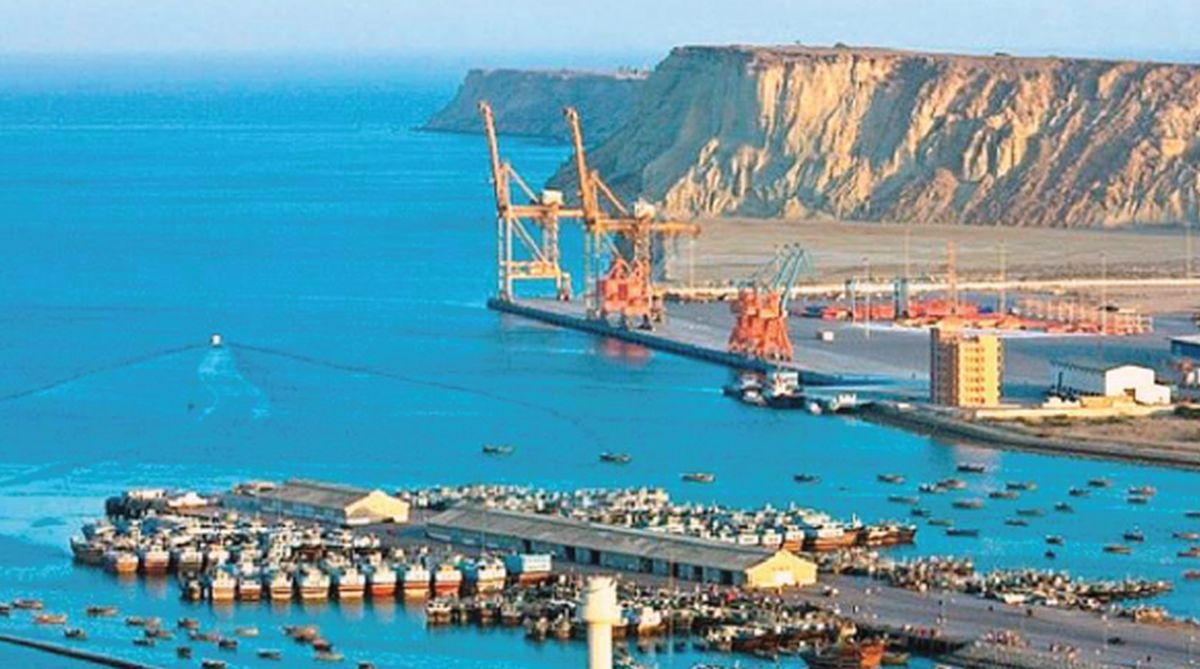Oman: EAM Jaishankar delivers keynote address at 8th Indian Ocean Conference
External Affairs Minister (EAM) S Jaishankar participated in the 8th Indian Ocean Conference held in Oman and delivered the keynote address at the inaugural session.
The new shipment passage, International North-South Transport Corridor (INSTC), is set to connect the Indian Ocean to the Persian Gulf through Iran to Russia and Europe.

The 7,200-KM long corridor will combine sea and rail routes, it is understood. (Representational Image/File)
In a significant move to enhance trade and connectivity, India, Russia, and Iran are discussing a large joint project aimed at launching a new cargo transport corridor that could become a cheaper and shorter alternative to the Suez Canal.
The new shipment passage, International North-South Transport Corridor (INSTC), is set to connect the Indian Ocean to the Persian Gulf through Iran to Russia and Europe. The 7,200-KM long corridor will combine sea and rail routes, it is understood.
Advertisement
The route will make it possible to deliver cargoes from India to the Iranian port of Bandar Abbas. Then, the goods will be transported by land to Bandar Anzali, Iran’s port on the Caspian Sea. After that, goods will be shipped to the Russian port of Astrakhan from where they will move to Europe by rail.
Advertisement
Indian Ambassador to Russia DB Vekatesh Varma had recently visited the Astrakhan region to personally see the preparations being made by the Russian authorities to develop the port there for operationalizing the INSTC project.
The corridor is being seen as an important initiative taken by India, Russia, and Iran to promote transport cooperation and to enhance connectivity. India is also keen on the INSTC project taking shape at the earliest, notwithstanding American sanctions against both Russia and Iran.
The estimated capacity of the corridor is 20 to 30 million tonnes of goods per year and it would reduce time and cost by 30 per cent to 40 per cent, sources said. For example, the transport time between Mumbai and Moscow is expected to be reduced to 20 days.
Currently, Indian logistics companies have to route shipments through China, Europe or Iran to get access to Central Asian markets. The former two ways are long, time-consuming and expensive with the Iranian route seen as the most viable.
The ambitious INSTC project comes on the back of a much broader Belt and Road Initiative (BRI) initiative of China. Observers say the BRI project could also be linked to the INSTC project which could be a win-win situation for the countries pursuing the two projects.
Advertisement